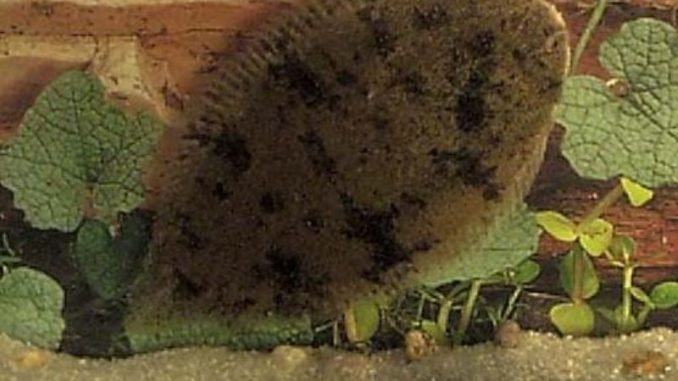
If you want to own a small, peaceful, very interesting-looking fish, the Freshwater Flounder is a good choice.
The Freshwater Flounder is native to the Northern Gulf of Mexico to northern Argentina, and Florida. Its name is misleading as this is in fact a fish that thrives in brackish water.
Freshwater Flounders are very easy to care for and can live for up to five years if provided with optimal tank conditions.
This article contains all the information you need before adding Freshwater Flounder to your aquarium. You will read about the preferred tank setup, diet, behavior, and much more…
TABLE OF CONTENTS
Freshwater Flounder Facts & Overview
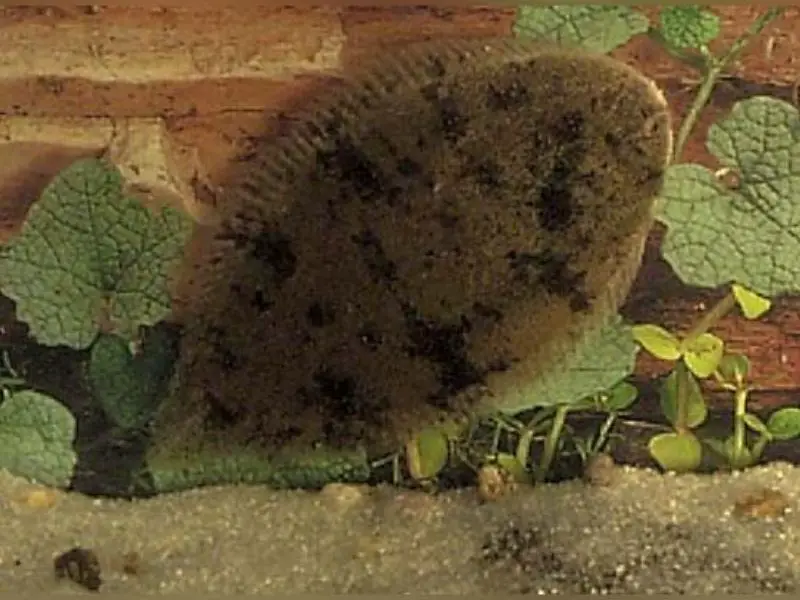
| Category | Rating |
| Care Level: | Intermediate |
| Temperament: | Peaceful |
| Color: | Shades of light and dark brown or gray, black and brown |
| Lifespan: | 3-5 years |
| Size: | Up to 6 inches |
| Diet: | Carnivore |
| Family: | Achiridae |
| Minimum Tank Size: | 5- 10 gallons |
| Tank Set-Up: | Brackish water – this is not a true Freshwater fish |
| Compatibility: | Peaceful community |
The Freshwater Flounder that you can buy for your aquarium is not actually a freshwater fish. They can survive in freshwater if that is where they are housed, but they will not thrive. The Freshwater Flounder needs an aquarium that contains marine salt.
This is a peaceful, calm fish that never displays aggression towards its tank mates. Occasionally, however, the Freshwater Flounder are bullied by other fish.
Freshwater Flounders live around substrates that are silty, muddy, or sandy.
There is some confusion among aquarium owners regarding which fish are the actual Freshwater Flounder.
- The Achirus lineatus is a member of the Achiridae family. It is found in Florida and the northern Gulf of Mexico to northern Argentina. It is usually collected in brackish Florida estuaries.
- The Trinectes maculatus, also known as the Hogchoker, is also a member of the Achiridae family. This fish is found in the Western Central Atlantic, from Massachusetts to Florida, down through the Gulf of Mexico to Panama.
- The Catathyridium jenynsii are true freshwater flounders. They live in the South American Uruguay and Parana Rivers and are very hard to find. This species is not sold as aquarium fish and grows much larger than the two species raised in tanks. The Catathyridium jenynsii can reach a length of 9.3 inches (23.7 cm).
The best substrate for Freshwater Flounder in home tanks is fine-grained marine sand.
Freshwater Flounder costs between $10 and $12. They aren’t as cheap as some other popular aquarium fish because they can’t easily be bred in captivity, and must be caught in the wild for sale in pet shops.
Typical Behavior
Freshwater Flounder tend to hover near the sides of the tank or bury themselves in the substrate. When they do occasionally swim about, they eat live food they notice in their paths.
To get a picky Freshwater Flounder to eat, try dangling a shrimp in front of it as it floats near the side of the tank, and watch how it snatches the food with great zeal!
This is a nocturnal fish that will feed and engage in more activity at night than during the day.
Related Reading: The Complete Freshwater Puffer Fish Care Guide
Appearance
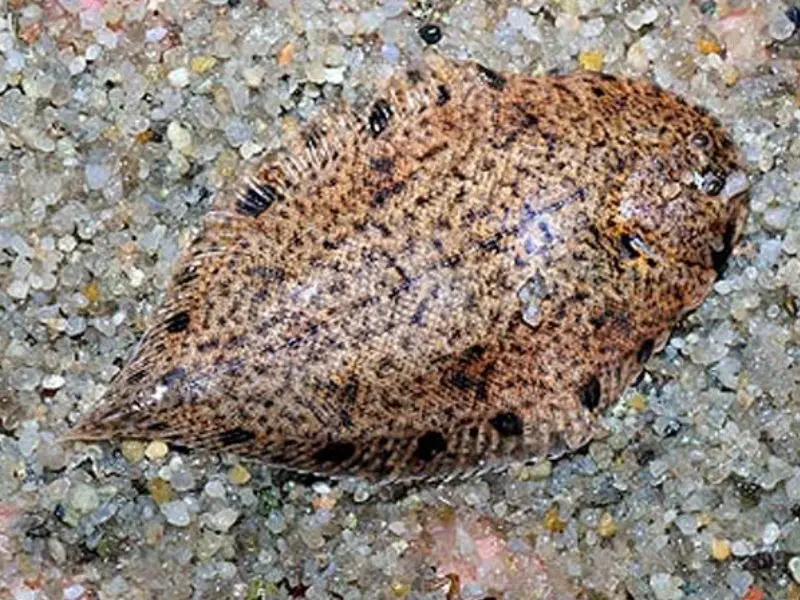
The Freshwater Flounder have flat bodies, resembling deflated balloons. Their mouths and gills are positioned on the underside of their compressed bodies, while both eyes are located on one side of the body. This fish does not have pectoral fins.
The Freshwater Flounder can easily camouflage itself. The Achirus lineatus has a combination of dark and light brown coloring, while The Trinectes maculatus (Hogchoker) Freshwater Flounder is a dark grayish-brown color on the top of its body.
Black spots and thin vertical stripes cover their bodies, and their fins and tails are fringed on the edges. The underside of the Freshwater Flounder is always a lighter color than the left side of their bodies.
Habitat and Tank Conditions
A Freshwater Flounder’s natural habitat is in the brackish water of estuaries. In the wild, they can only be found in the Gulf of Mexico down to Argentina, and north as far as Massachusetts, depending on the species.
While Freshwater Flounder can survive in freshwater when they are very young, as they grow they should be moved to brackish tanks. To enable your Freshwater Flounder to grow to a maximum size and live out a maximum lifespan, they should eventually be transferred to tanks with full marine conditions.
Since this species likes to dig in the riverbed for food and to hide from predators, a home aquarium substrate should be smooth and sandy.
Tank Conditions
Tanks housing Freshwater Flounder can be decorated with plants that grow well in brackish water. Possible choices include Anubias Nana and Java Fern. You can add artificial plants, rocks, and driftwood to the tank to provide hiding places for Freshwater Flounder.
Freshwater Flounder are comfortable in gentle currents, and the optimal water temperature is between 72° and 86°F (24°C – 28°C).
The Freshwater Flounder needs a pH of 8.0 – 8.2 in the water. Equally important is hard water, of 12 – 14 GH or higher.
What Size Aquarium do they need?
While it is possible to keep one or two Freshwater Flounder in a 10-gallon tank, once they start growing bigger and need to be moved to a new tank, the tank should be 20 gallons or more.
Tank Mates
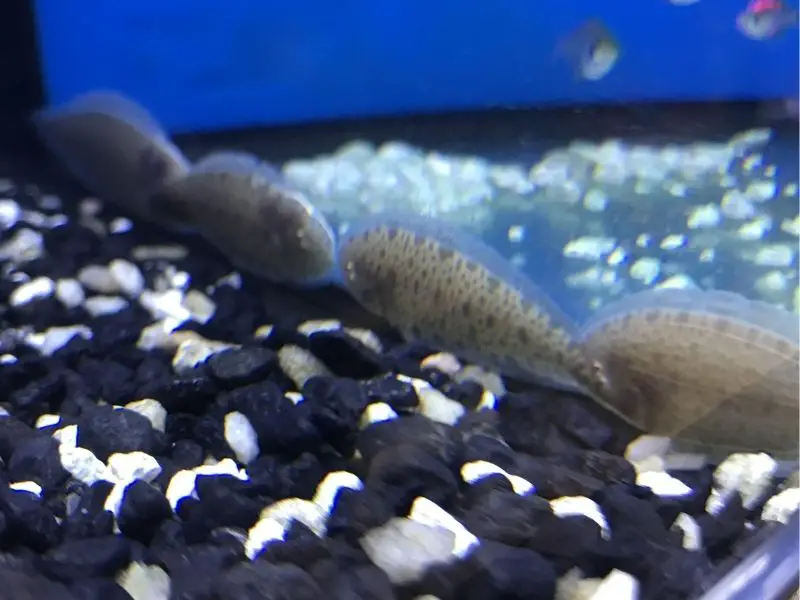
Freshwater Flounder are very peaceful fish and are so shy they often hide from their tank mates. This is a fish that doesn’t enjoy living in crowded tanks with too many different species.
Since Freshwater Flounder are bottom dwellers, there is a chance that they will prey on very small, slow-moving fish.
Can You Keep Freshwater Flounder Together?
The more Freshwater Flounder you want to keep in a tank, the larger the tank needs to be. However, this is not a fish that is so beautiful or active to give you cause to own more than one or two.
Diet
Freshwater Flounder are carnivores that consume small crustaceans and insect larvae in the wild. In captivity, they will eat flakes and pellets but will be much happier if you feed them small fish or worms.
The best foods for Freshwater Flounder are live or frozen meaty foods that sink to the substrate.
Care
Freshwater Flounder are not very difficult to care for. As long as their dietary needs are met, and the tank environment is kept balanced and clean, they can live for five years or more in captivity.
Breeding
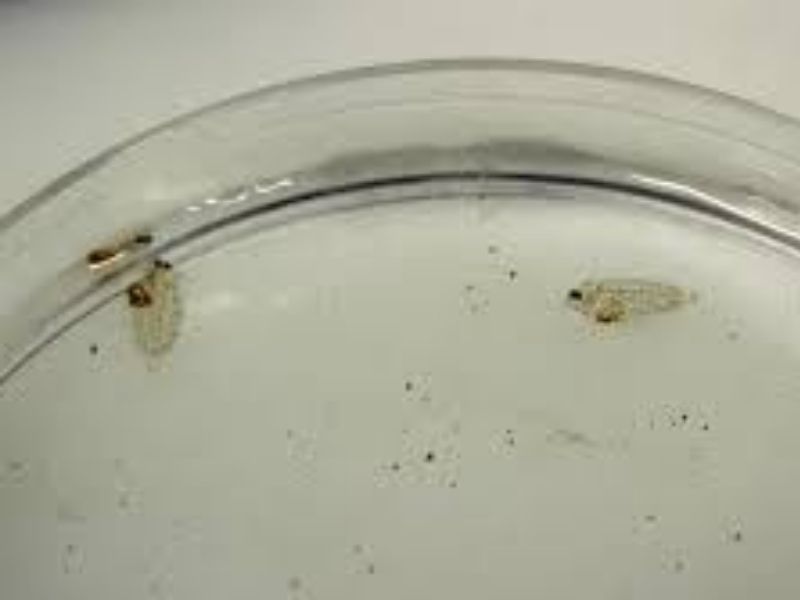
There is little information about breeding Freshwater Flounder in captivity. In their native environments, they breed during the summer.
The young fish are born with one eye on each side of their heads, and as they grow one eye slowly moves over the top of the head to reach a final position next to the other eye.
Summary
Freshwater Flounder are a good addition to your tank if you like fish that thrive in brackish water and if beauty isn’t your first priority when choosing aquarium fish.
In a large enough tank, with appropriate tank conditions, Freshwater Flounder will live for at least three years, and sometimes even more.
Are Freshwater Flounder your favorite bottom dwellers? Let us know in the comments below…


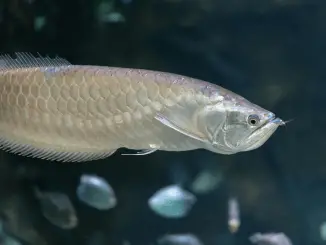
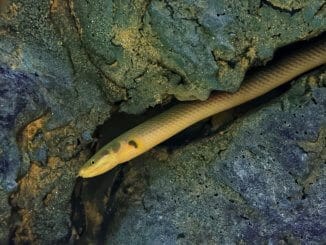
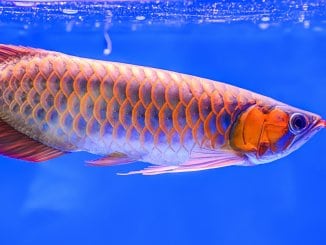
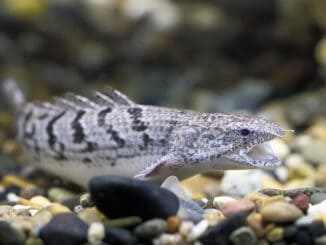
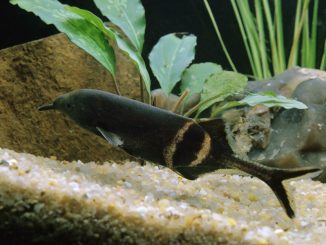
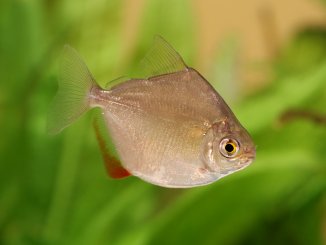
Be the first to comment